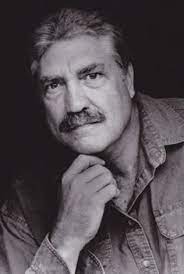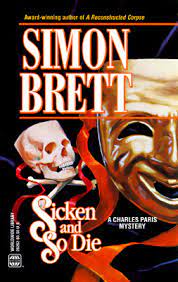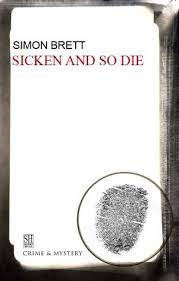Maigret and the Coroner (1949) by Georges Simenon.
GoodReads metadata is 176 pages, rated 3.61 by 544 litizens.
Genus: krimi; species Maigret.
Verdict: Fresh though #32 in the series.

While on a busman’s holiday travelling the United States to observe policing, Detective Chief Inspector Maigret finds himself in Tucson (Arizona). Wherever he has gone on this study tour a local law enforcement officer has been assigned to squire him around. While each officer does the duty, none particularly wants to be a tour guide, nor did Maigret himself welcome that task when Inspector Pike from Scotland Yard came calling. Sympathising with his host(s), he tries to be agreeable.
In Tucson the FBI agent who picks him from the train station soon parks him in a coroner’s court to observe the American way, while the agent goes back to work. In his European suit and necktie with pipe Maigret is one conspicuous fish out of water. As he watches and listens, he finds it difficult not to interrupt with his own questions. He knows enough English to follow the testimony but, well, he probably could not formulate his questions properly anyway.
The first half or more of the book is the parade of witnesses giving contradictory statements related to the night Bessie Mitchell died, mangled by a railway train out in the desert. Was her death suicide, accident, manslaughter, or murder? That is the question.
The inquest continues and Maigret is soon hooked, and that pleases his host. At night in his hotel room Maigret writes summaries of the day’s testimony for review, a task usually left to Lucas back in the office on the Île de la cité. Even so there remain questions that have not yet been asked.
Maigret observes the natives with an anthropological eye: they are clean, polite, addicted to Coca Cola, and there is the racial variety of white, black, red, and yellow among the jurors, witnesses, and audience. He is also painfully aware that others are observing him, too. But he simply cannot appear in a courtroom without a necktie and coat! Despite the 45C temperature which has killed the AC. (At least he is not wearing the sweater Madame Maigret insisted he take.)
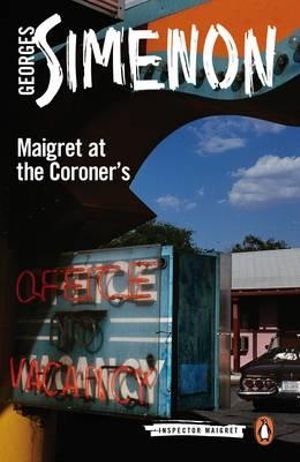
Five young air force men were with Bessie at one time or another during the night she died, and they are much in evidence with their shaved heads and stiff posture. Maigret is surprised that the inquiry does not focus directly on them, but every now and then he senses an underlying pattern in the interrogations that reassures him that there is purpose within the apparently haphazard proceedings.
His efforts to strike up conversations during recesses with others in the audience do not take, and he mutters to himself. The usual masterful Maigret is treading water.
The end is ambiguous and this reader felt that a number of the threads, like the dented car, were not resolved. Yet the trip was so much fun for being different that there are no complaints.
Simenon spent months in Arizona where he lived in a rented house and typed his Maigret stories more than once. Perhaps while there in residence he did attend a coroner’s court. It is certainly a change of pace for both Maigret (and Simenon) to observe, comment on, and participate in American life.


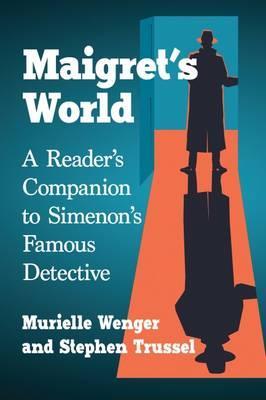

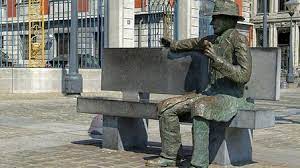
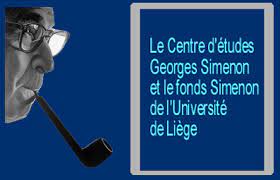
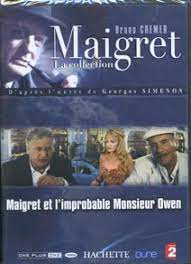
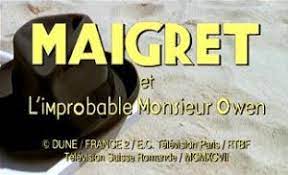

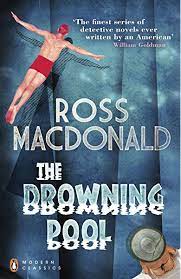
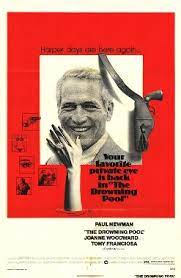
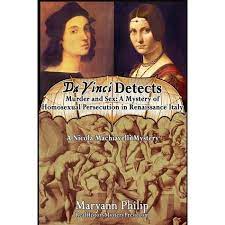


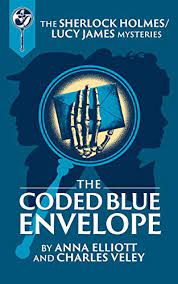

 While I am impressed by that productivity, I have to say that it shows. Tired and trite. Maybe my Holmes addiction is in remission.
While I am impressed by that productivity, I have to say that it shows. Tired and trite. Maybe my Holmes addiction is in remission. 











